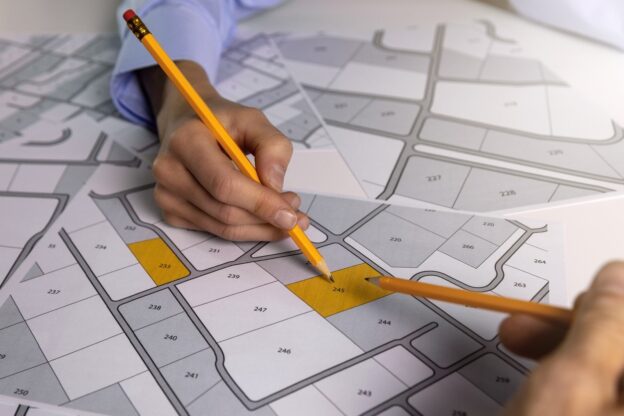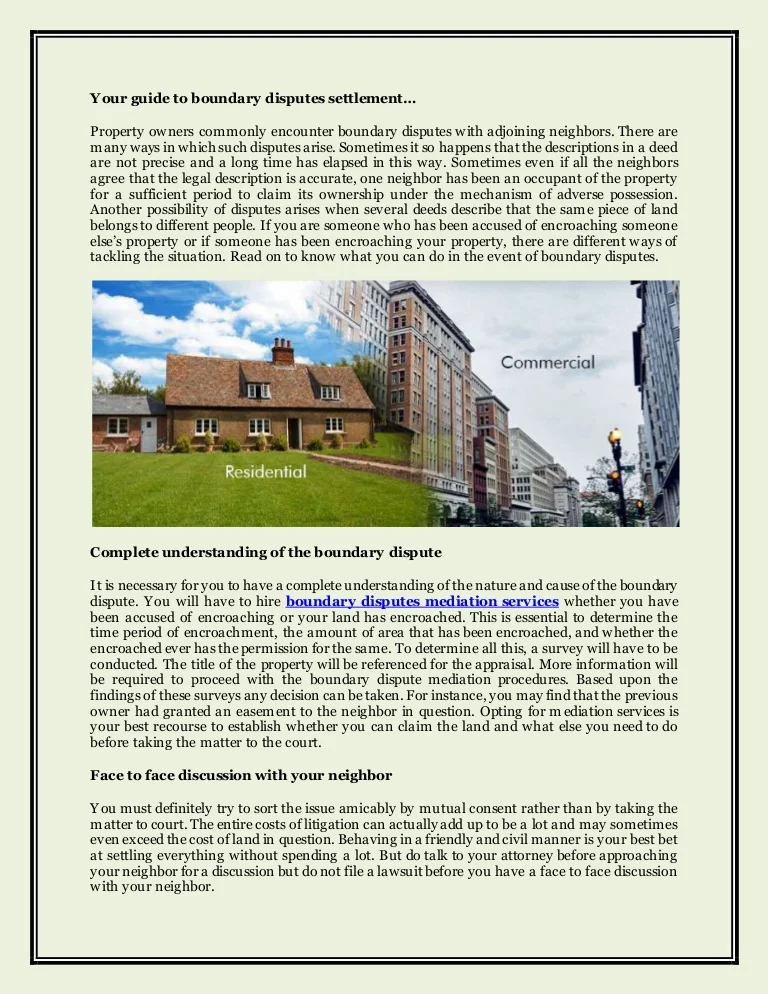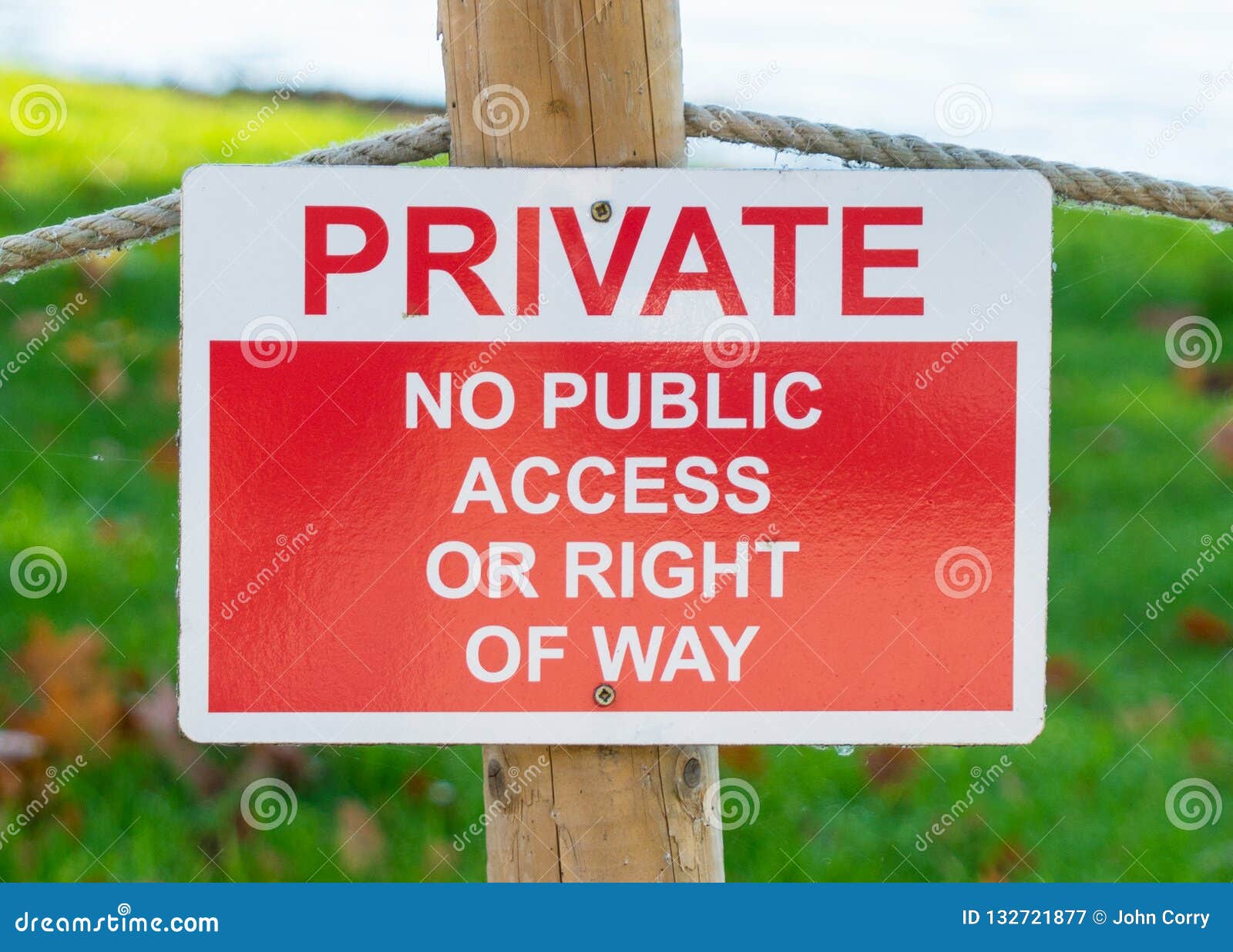
September 1, 2024
Reliable Preserving Wall Water Drainage Suggestions For Durable Wall
Pointers For Adding Water Drainage To Your Maintaining Wall Keeping wall surfaces are important to numerous landscapes, providing both functional and aesthetic benefits. However, one aspect that is typically neglected in keeping wall construction appertains drainage. This blog site post will certainly explore the importance of correct water drainage for keeping walls and its impact on the structure's stability and longevity. This blog short article will dive deeper into the importance of proper water drainage for retaining walls.Safeguard Your Landscape With Professional Drain Options
14 Landscaping Features That Can Hurt Your Home Value - Bob Vila
14 Landscaping Features That Can Hurt Your Home Value.

Posted: Mon, 24 Aug 2020 07:00:00 GMT [source]

How Does Water Drainage Influence The Durability Of A Keeping Wall?
A top quality drainage system accumulates and reroutes rain far from the wall. It reduces stress on the dirt around the foundation and within the wall surface itself, lowering disintegration and negotiation. Hydrostatic stress develops when water accumulates behind the preserving wall surface, applying force on it. This pressure can push the wall onward, cause splits, and even cause its collapse.- Proper water drainage is not merely a guard against instant risks yet a cornerstone in preserving the structural honesty of cinder block retaining walls.
- This ensures replication not just in type but in essence, recognizing the craftsmanship that has withstood the test of time.
- Investing in a high quality drainage system and preserving wall can use long-term savings by preventing pricey repairs and improving residential or commercial property worth.
- Methods such as mounting French drains or adding surface area drain services can be integrated with existing structures.
- Native plants are well-adapted to the neighborhood climate and soil conditions, making them efficient for managing water and boosting water drainage in your yard.
Does a 300mm preserving wall surface need water drainage?
the cores of the block and a minimum of 12 in.(300 mm )behind the block. The wall is 4 feet high or taller: Wall surfaces 4 feet or taller can cause considerable damage if they fall short, Learn more here so it's finest to install water drainage behind a maintaining
Social Links